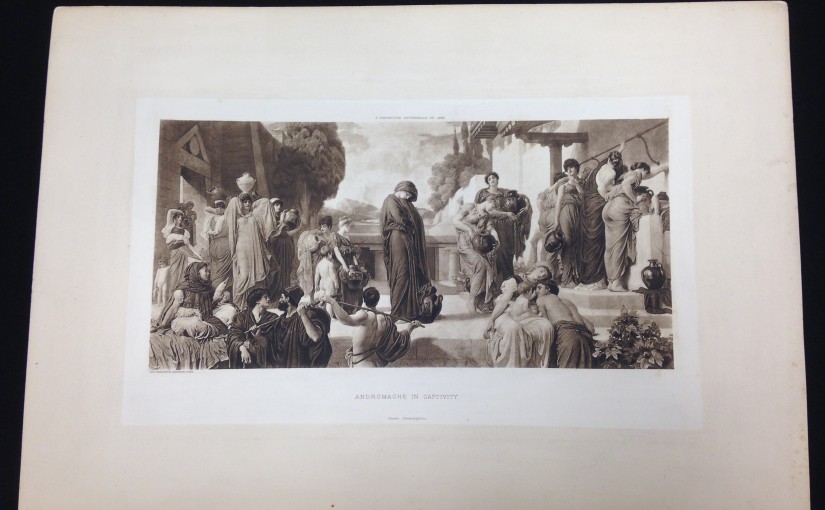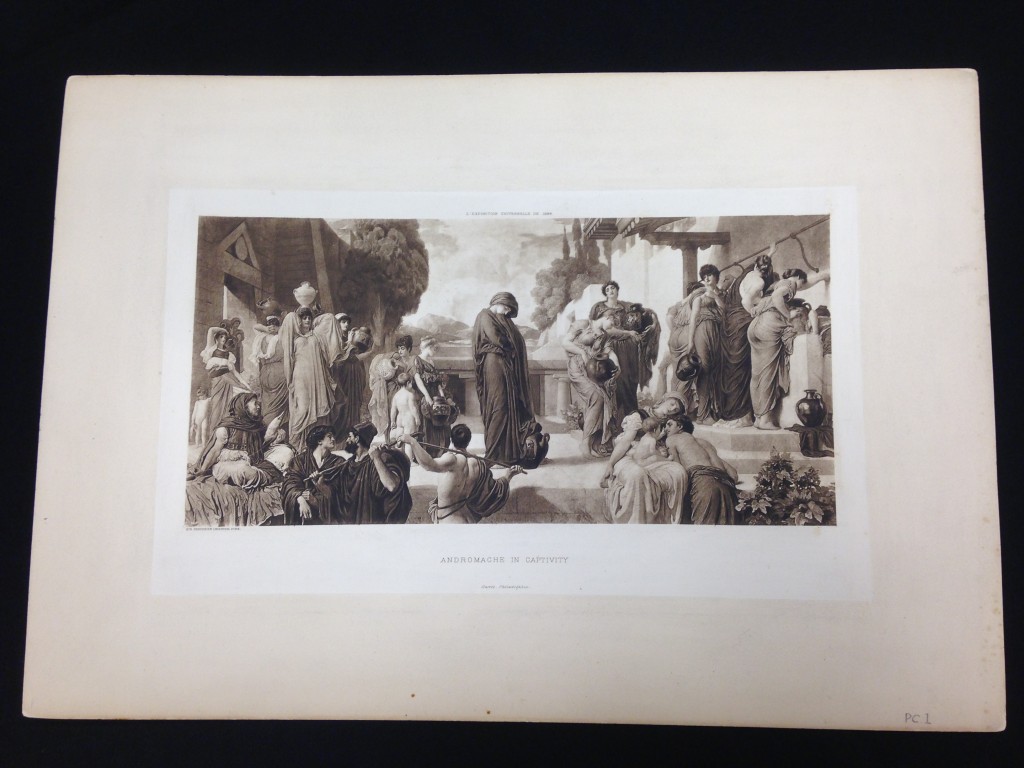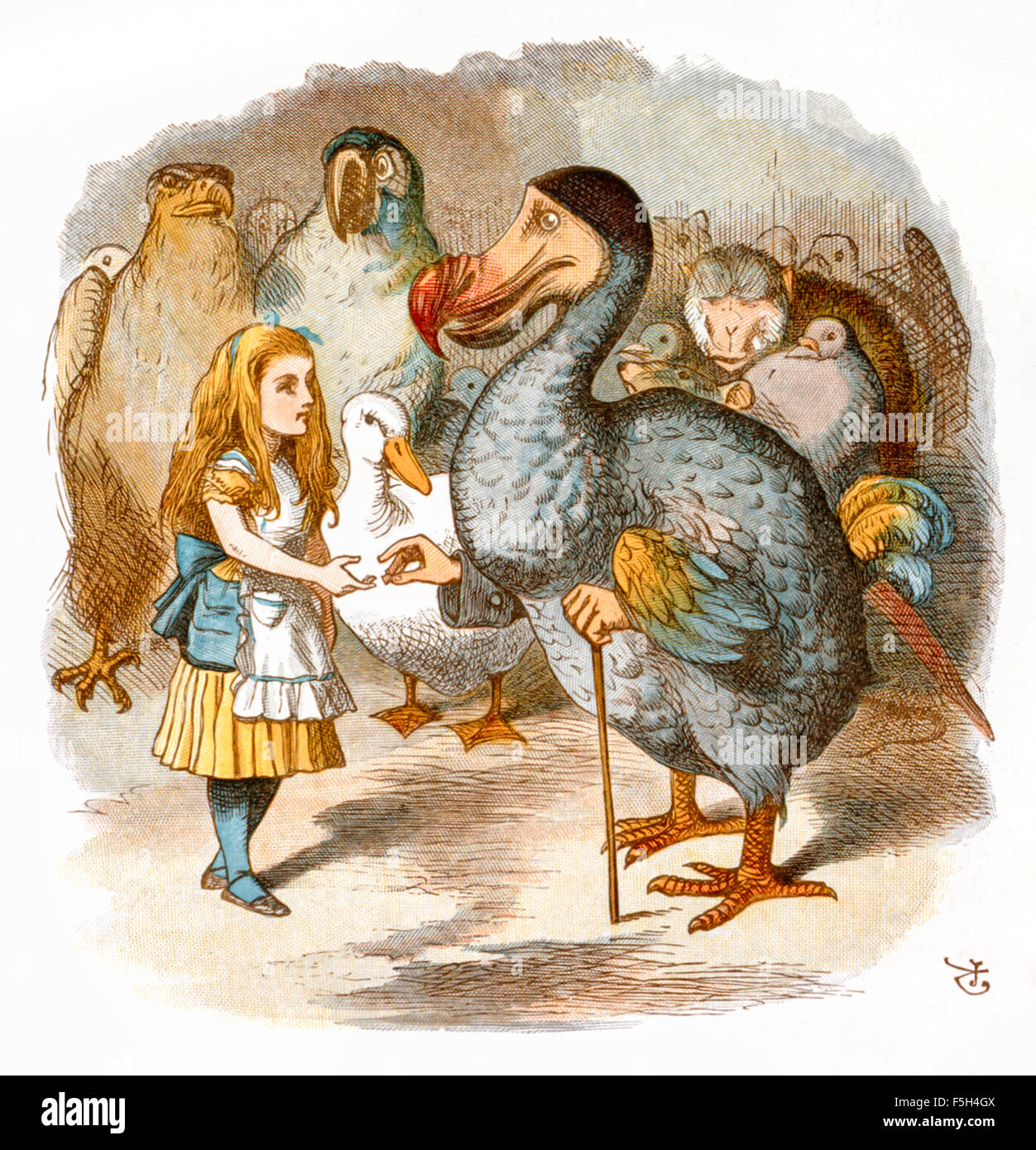I looked at the collection of essays Aphrodisiacs and Anti-Aphrodisiacs: Three Essays on the Powers of Reproduction: with Some Account of the judicial “congress” as practised in France during the seventeenth century by John Davenport. As Steven Marcus writes in The Other Victorians: A Study of Sexuality and Pornography in Mid-Nineteenth-Century England, the book Aphrodisiacs and Anti-Aphrodisiacs treats “gossip” as “a form of erudition” (Marcus, 72). Marcus also mentions that while “at the bottom of the title page is printed ‘London” Privately Printed 1869[,]’ the work was in fact printed in 1873” (72).
The book discusses multiple past and present ways of inciting sexual desire in both men and women, but all first-person accounts of anything too scandalous is printed in French, “the disgusting obscenity of which is such we cannot venture upon translating” them (Davenport, 111). The aristocracy being perfectly fluent in French, this “disguising” of the more scandalous material was paper-thin and completely useless.
My section in particular described the appeal of erotic spanking and then includes examples, such as Rosseau’s interest in being spanked by an elder woman. The details are in French, but a rough translation (many thanks to my patient and kind translator!) is:
“For a long time,” he says, “Madame Lambercier stuck to the threat of a new punishment, one that seemed very dreadful. But after the execution of the punishment, I found it less dreadful than the thinking about it beforehand, the waiting for it. The strangest part was that I liked the punishment, better than I liked her imposing the punishment on me. The truth of this affection is there was a battle between my sweet nature and my desire to be punished, because in pain and even in shame I have found a mix of sensuality that have given me more desire than fear of feeling immediately from that same hand. Without a doubt it was true, as I was flirting with a precocious sexual instinct, the same punishment given by my brother did not feel as pleasant.” (111)
Rosseau is describing not only a fetish for being spanked and a predilection for BDSM (both already very outside of the Victorian norm), but also his enjoyment in being submissive to a woman, thereby reversing the expected Victorian gender roles and further subverting the Victorian norm of heterosexual sex being about reproduction rather than pleasure. Based on Eva Sedgwick’s list of elements of sexual identity in her book Tendencies, Rosseau is subverting the gender binaries of “preferred sexual act(s) (supposed to be insertive if you are male or masculine, receptive if you are female or feminine),” “most eroticized sexual organs (supposed to correspond to the procreative abilities of your sex, and to your insertive/receptive organs),” and “enjoyment of power in sexual relations (supposed to be low if you are female or feminine, high if male or masculine)” (Sedgwick, 7). Rosseau leans more toward the feminine side of the binary on all of the above categories, despite being male. Thus, his proclivities subvert the Victorian gender binary – but despite being in French to “disguise” anything too obscene, Rosseau’s description is perfectly understandable to most of the Victorian aristocracy (who were fluent in French) and is on display for the Victorians to enjoy.
The full excerpt can be found at: http://vqa.dickinson.edu/essay/aphrodisiacs-and-anti-aphrodisiacs-three-essays-powers-reproduction-some-account-judicial
Works Cited:
Marcus, Steven. The Other Victorians: A Study of Sexuality and Pornography in Mid-Nineteenth-Century England. New York: Basic Books, 1966. Print.
Sedgwick, Eve Kosofsky. “Queer and Now.” Tendencies. Durham: Duke University, 1993. 1-22. Print.




